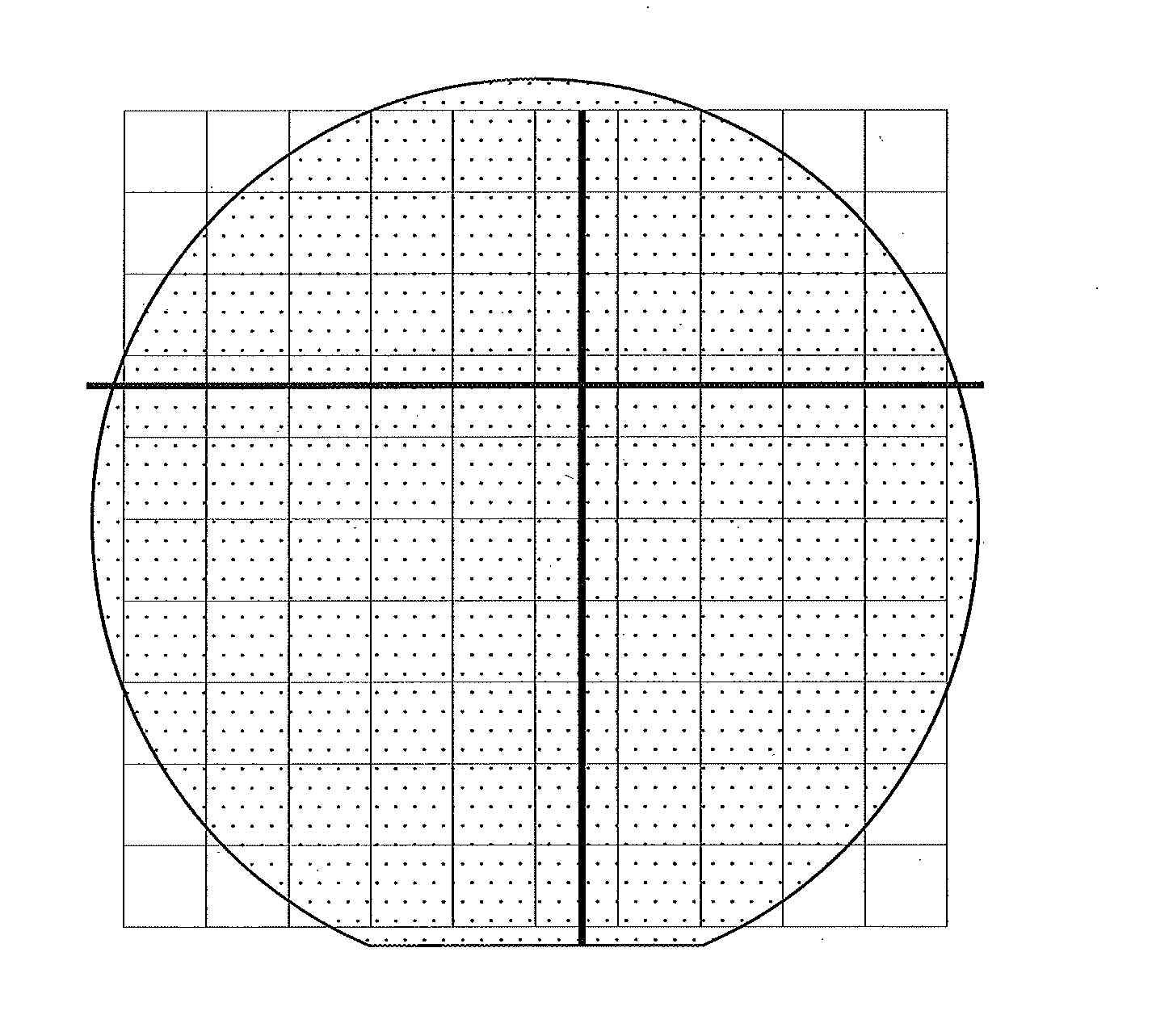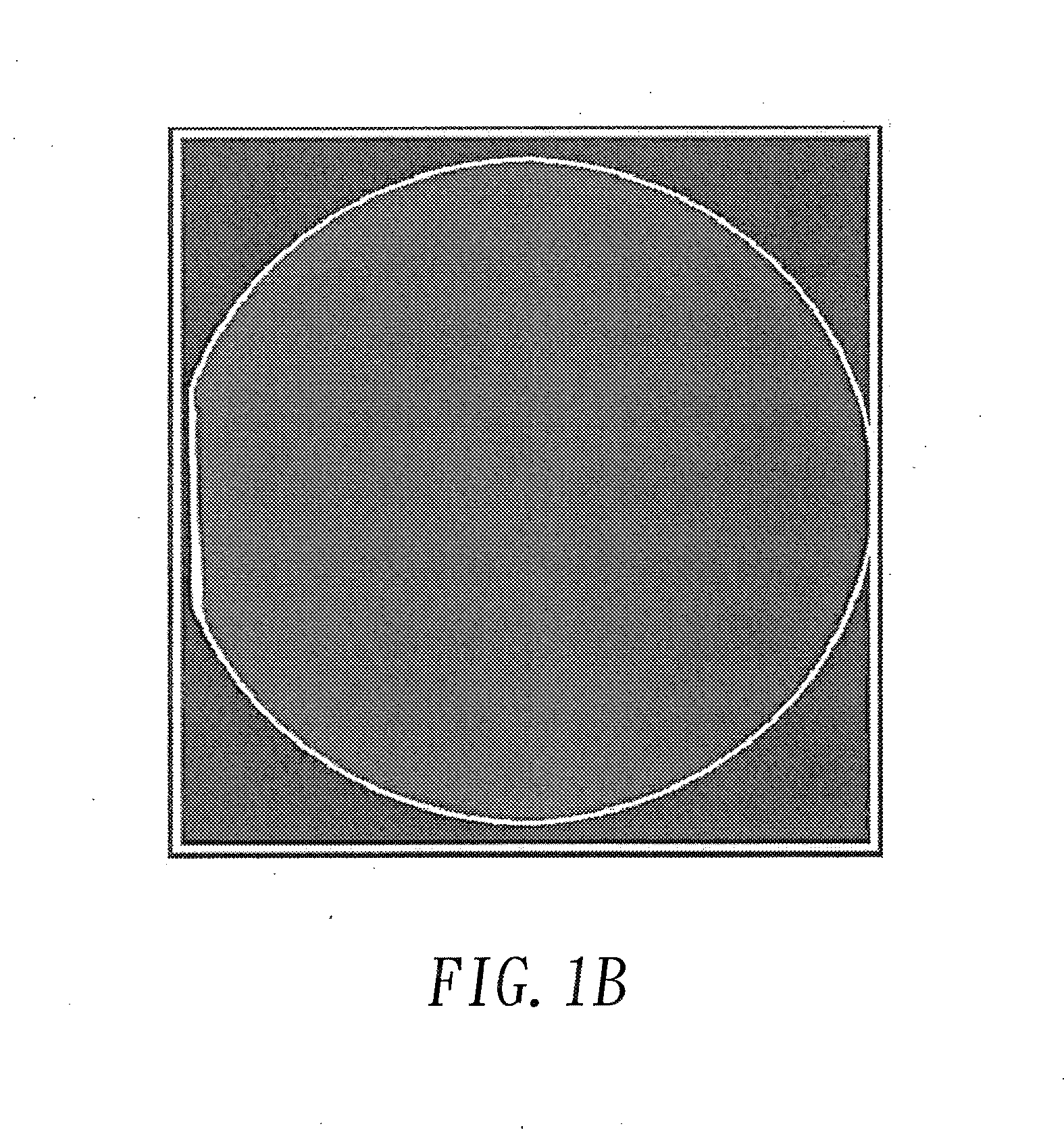Method for fabricating defect free silicon mold insert
a technology of defect-free silicon and mold inserts, applied in the field of method for fabricating defect-free silicon mold inserts, can solve the problems of sapphire substrate defect, scratches and grid lines are the most common defects, penetrate the epitaxial wafer, and serious epitaxial defects, so as to increase the throughput of epitaxial wafer production
- Summary
- Abstract
- Description
- Claims
- Application Information
AI Technical Summary
Benefits of technology
Problems solved by technology
Method used
Image
Examples
Embodiment Construction
[0030]As shown in FIG. 2, a method for fabricating defect-free silicon mold insert (S100) includes the steps of providing a mold insert (step S10); creating a photoresist pattern (step S20); Depositing a metal film (step S30); forming a plurality of metal posts (step S40); conducting heating and annealing process (step S50); conducting dry etching (step S60); and removing the metal balls to create the defect-free silicon mold insert (step S70).
[0031]As shown in FIGS. 2 and 3, the step of providing a mold insert (step S10), and the mold insert 10 is used to serve as a substrate on which a pattern is further formed thereon. The mold insert is a hard substrate which is made from a monocrystalline silicon (s-Si), polycrystalline silicon (c-Si), silicon oxide (SiOx), silicon carbide (SiC), aluminum nitride (AlN), alumina (Al2O3), spinel (MgAl2O4), zinc selenide (ZnSe), zinc oxide (ZnO), gallium nitride (GaN), gallium phosphide (GaP), or a combination of more than two of the above-mention...
PUM
| Property | Measurement | Unit |
|---|---|---|
| Diameter | aaaaa | aaaaa |
| Defects | aaaaa | aaaaa |
Abstract
Description
Claims
Application Information
 Login to View More
Login to View More - R&D
- Intellectual Property
- Life Sciences
- Materials
- Tech Scout
- Unparalleled Data Quality
- Higher Quality Content
- 60% Fewer Hallucinations
Browse by: Latest US Patents, China's latest patents, Technical Efficacy Thesaurus, Application Domain, Technology Topic, Popular Technical Reports.
© 2025 PatSnap. All rights reserved.Legal|Privacy policy|Modern Slavery Act Transparency Statement|Sitemap|About US| Contact US: help@patsnap.com



